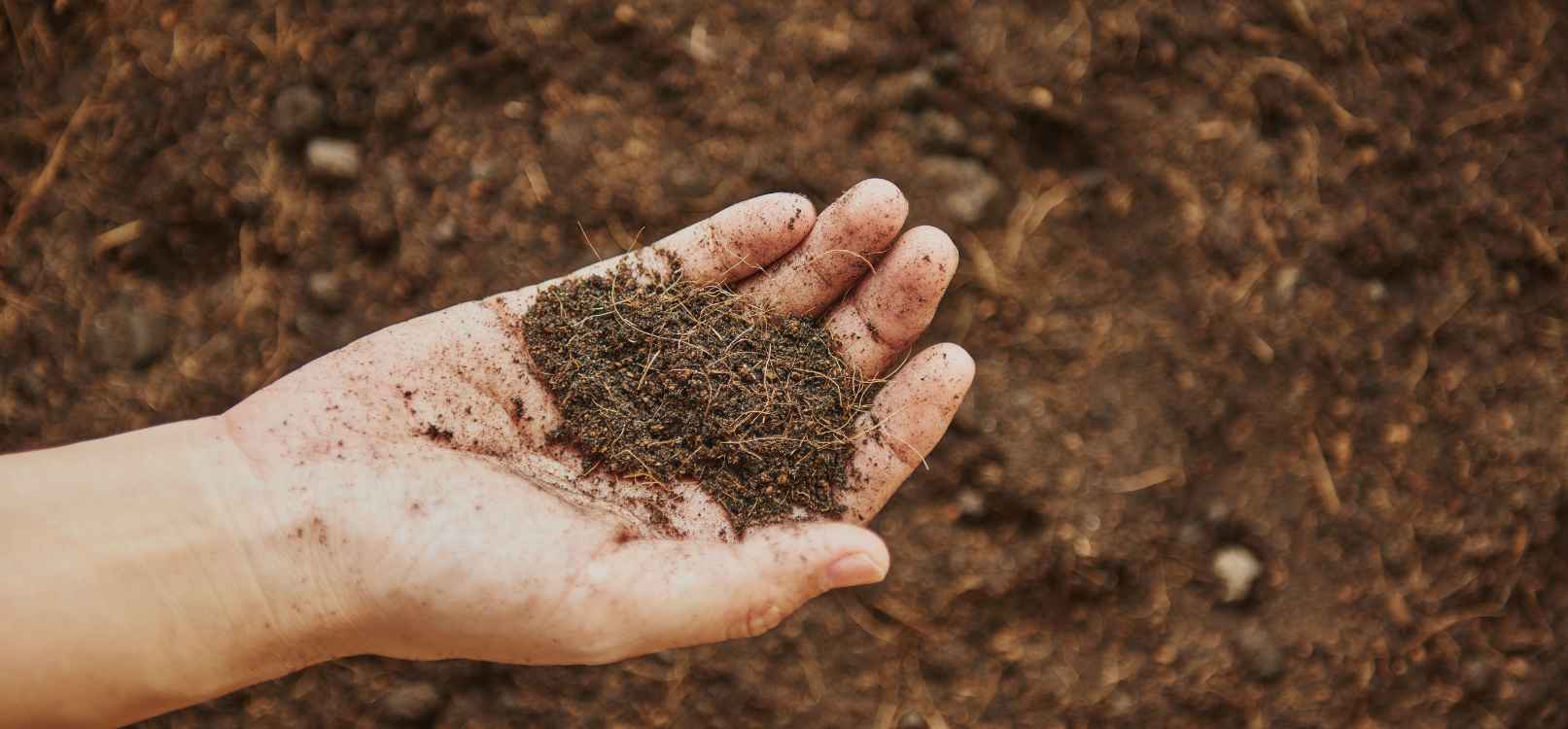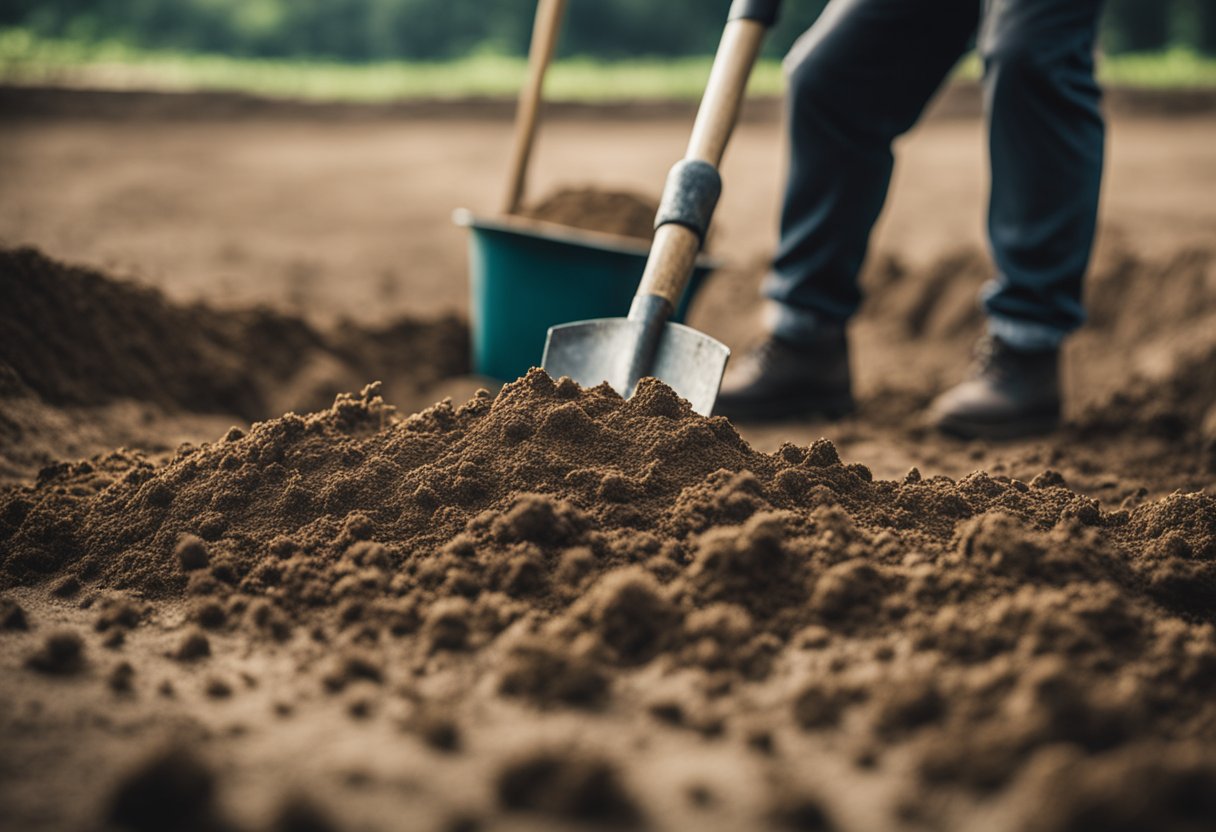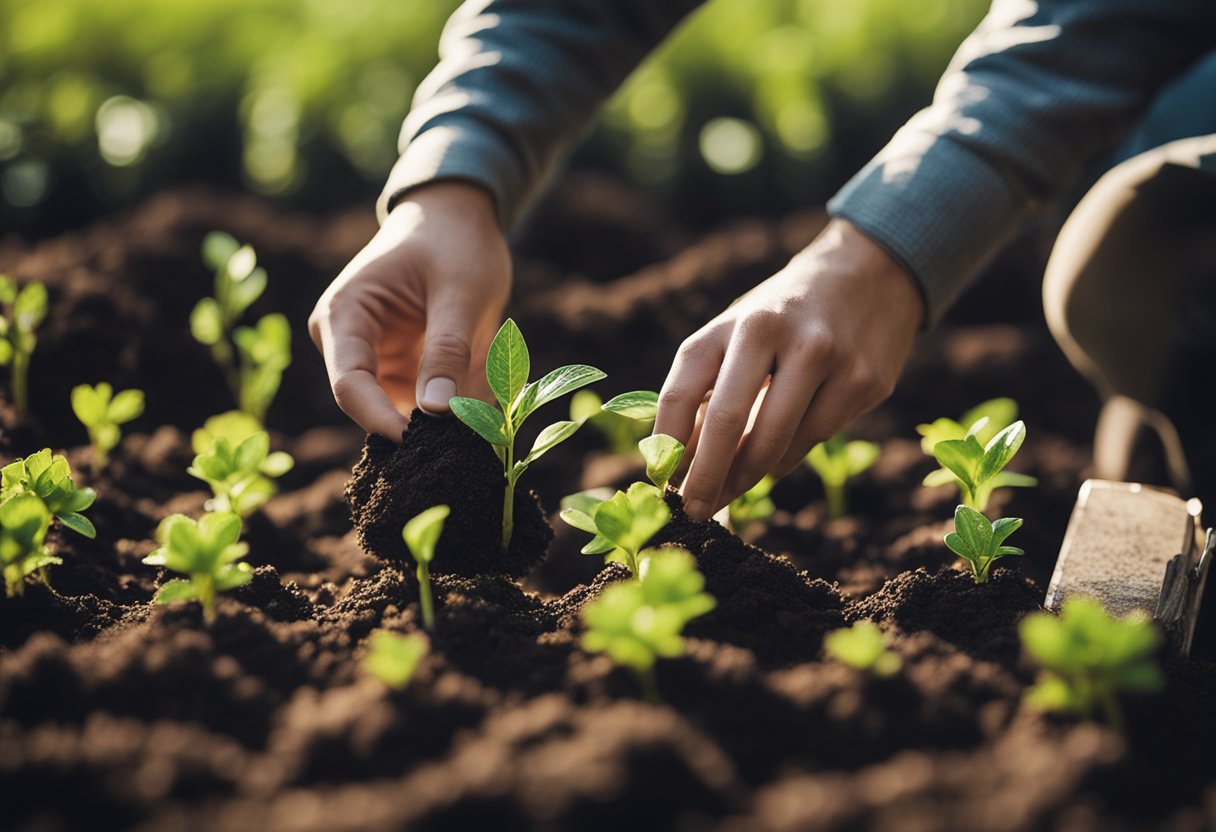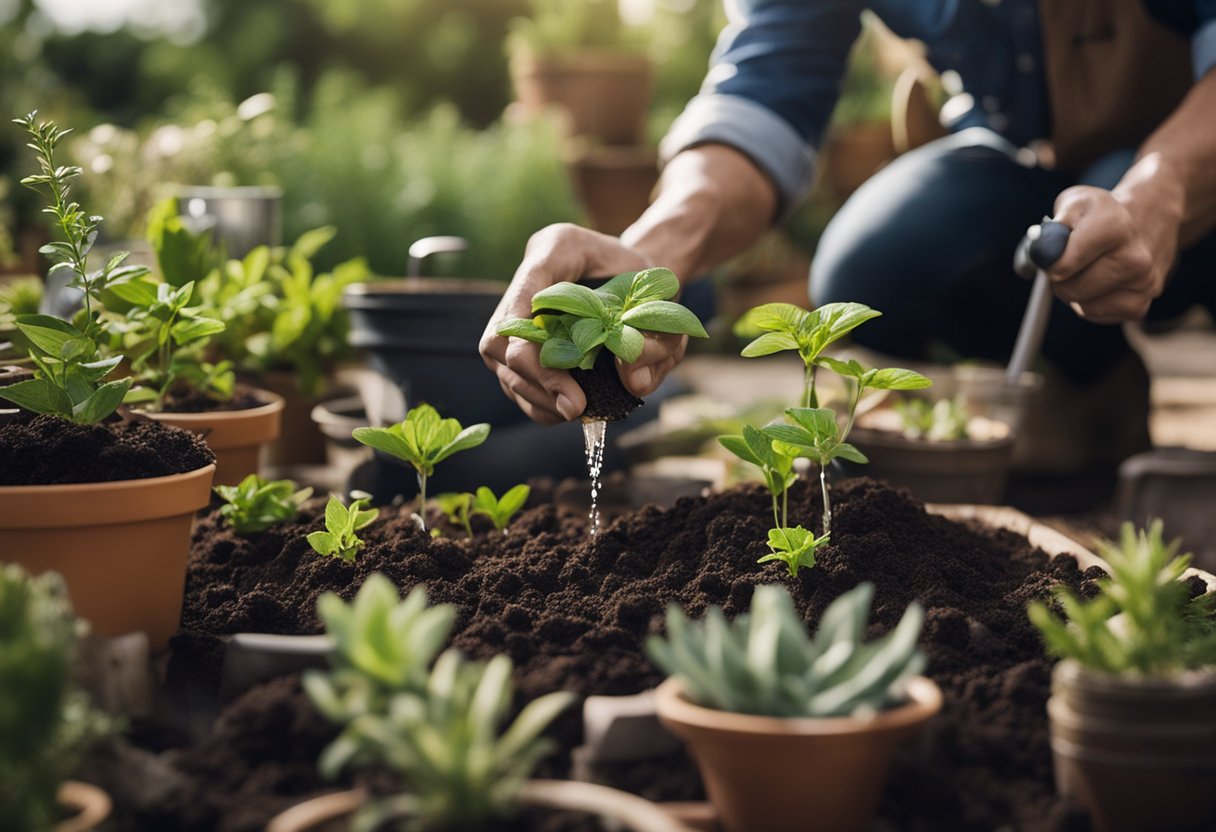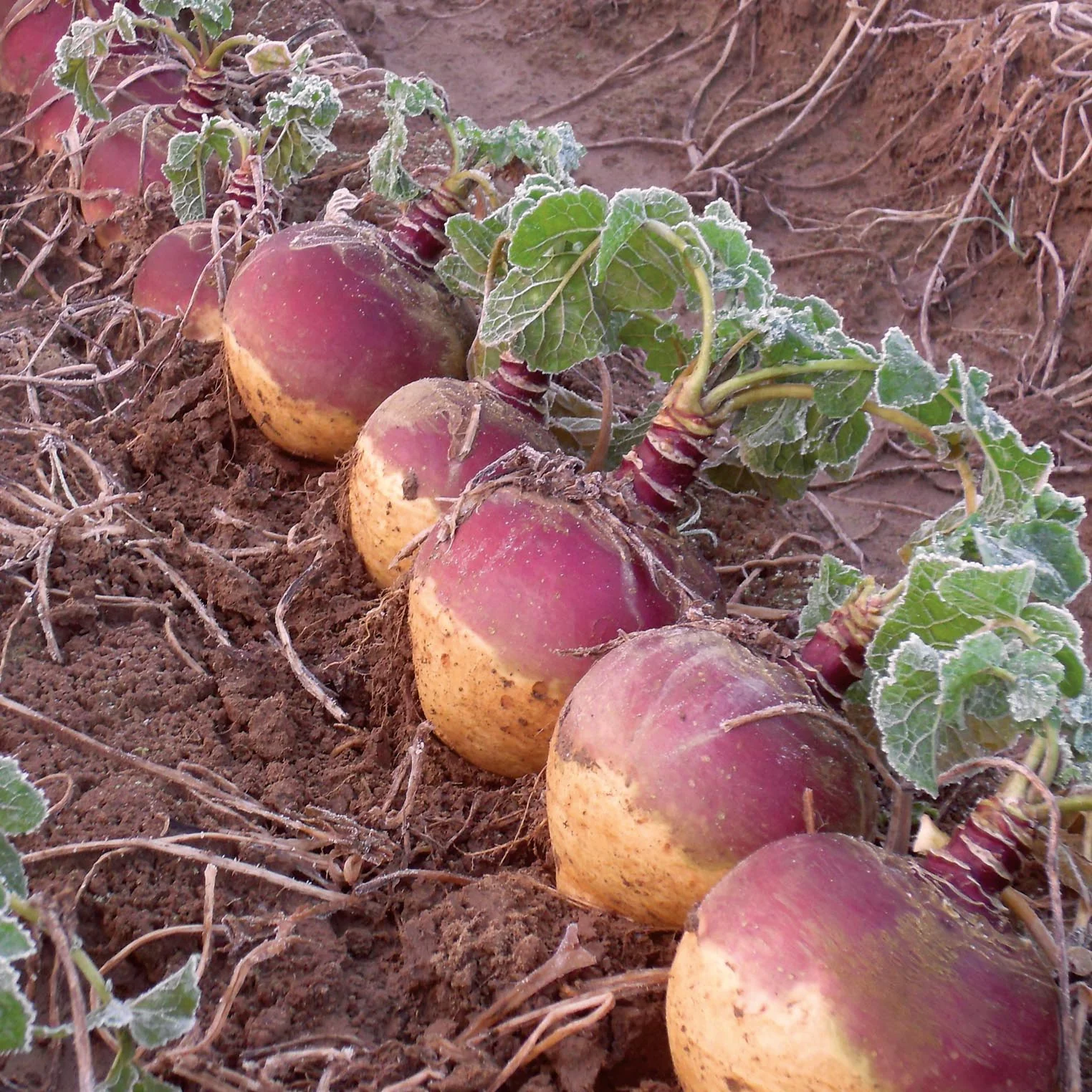Growing plants successfully often depends on the pH level of the soil, as different plants have specific requirements. While many plants thrive in neutral soils, ranging from 6.5 to 7.5, certain species like blueberries, azaleas, and hydrangeas require more acidic conditions. Achieving the optimal pH can involve modifying the soil with elemental sulfur, especially in cases where the soil is too alkaline. Understanding how to properly test and adjust soil pH is crucial for creating the right environment for these acid-loving plants.
To embark on this process, one must first determine the current pH levels through reliable soil testing methods. If the alkalinity is too high, adjustments with sulfur may be necessary over a considerable period. This gradual and sometimes multiple-year process ensures that the soil becomes suitable for plant growth. Regular testing can help maintain the desired pH levels by identifying any depletion of sulfur over time, enabling effective adjustments.
Key Takeaways
- Soil pH affects plant growth requirements.
- Testing is essential before adjusting pH levels.
- Sulfur can be used to lower soil pH over time.
How to Test Your Soil’s pH
Testing the pH of soil can be done in several ways. Cooperative extension offices offer analysis services for a small fee, providing insights on pH and nutrient levels. Alternatively, gardeners can purchase pH test kits, available at garden centers and online. For a more hands-on approach, individuals can conduct a simple test using common household items.
When to Lower Soil’s pH
Preparing to lower soil’s pH can be crucial for optimal plant growth. It is best to start by testing the soil early, especially when planning a new garden bed. Sulfur, which effectively lowers pH when reacted with soil bacteria, should be applied when soil temperatures exceed 55 degrees Fahrenheit. Allow at least a month for these changes to take effect before planting. It’s advisable to avoid applying sulfur in fall or winter, as temperature requirements may not be met.
Making necessary amendments to the soil before planting is recommended. Although not always feasible, using appropriate methods and materials is important to prevent root damage.
Warning
Safety precautions are essential when handling chemical substances. Wearing gloves, safety glasses, and protective clothing helps prevent burns and other skin and eye irritations.
How to Lower Soil’s pH With Sulfur
Materials
- Sulfur: Available in retail centers and gardening outlets, commonly packaged in 5 to 50-pound bags as dust or small particles, and often labeled as soil acidifier.
- Water: Required for activating the sulfur and aiding its incorporation into the soil.
- Gloves: Necessary for protecting hands while handling materials.
- Protective Glasses: To safeguard eyes during application and handling of sulfur.
Application Process
- Calculate Sulfur Requirement: Consult an extension agent if needed. General guidelines suggest:
- Clay soil: 1/2 pound of sulfur per square yard
- Sandy soil: 1/4 pound of sulfur per square yard
- Loamy soil: 6 ounces of sulfur per square yard
- Apply Sulfur: Use a hand or wheeled spreader to distribute the calculated amount of sulfur evenly across the planting area.
- Incorporate Sulfur Into the Soil: Utilize a shovel, hoe, or rototiller to work the sulfur into the soil to a depth of 6 inches.
- Water the Treated Area: Lightly water the soil to activate the sulfur, taking care not to over-saturate.
- Wait Before Planting: Allow approximately one month for the sulfur to fully integrate, ensuring more uniform soil acidity and minimizing concentrated exposure to plants.
Implementing these steps can effectively lower soil pH, enhancing the growing environment for various plants.
What Can Affect Soil pH?
The soil pH can be influenced by several factors. Rock type is a primary determinant, as the mineral composition of the parent rock affects the pH. Climate plays a role as well; dry climates tend to increase pH, while wet climates can decrease it. Vegetation, topography, and time contribute to changes. Fertilizers, such as those containing ammonium sulfate, gradually reduce pH, while minerals in hard water or substantial wood ash can increase it.
How to Lower Soil’s pH Naturally
Incorporating natural methods to lower soil pH can be effective with patience and repeated applications. Organic materials such as compost and manure can be added before planting or as side dressings. Chickens manure, in particular, is effective for acidifying soil but should be well-aged prior to application. Additionally, pine products like mulches, barks, and needles can help lower pH though they break down slowly.
Can I use vinegar to lower soil pH?
Using vinegar to lower soil pH is not recommended. While vinegar is acidic, achieving the desired soil pH level would require substantial quantities. Furthermore, vinegar must be diluted before application, making the process time-consuming and impractical for most gardening scenarios.
How to Lower Soil’s pH After Planting
Maintaining optimal soil pH is essential for healthy plant growth. Over time, soil acidity decreases, causing pH to rise, which can affect nutrient absorption. Ammonium nitrate is effective for quickly lowering pH, yet due to its fast depletion, repeated applications are necessary. Care should be taken to avoid excess as it might harm roots and hinder nutrient uptake. To support long-term pH balance, incorporating well-composted material and annually applying organic mulches is recommended, sustaining both flowers and vegetables.
Frequently Asked Questions
What are natural methods to decrease soil pH?
Natural methods to decrease soil pH include using organic materials such as pine needles, peat moss, and compost. Pine needles especially can gently acidify the soil over time, making them ideal for gardens needing increased acidity. Regularly incorporating organic matter helps maintain the desired pH balance.
What are the fastest ways to reduce soil pH for plant health?
For rapid reduction of soil pH, one can use sulfur-based additives like aluminum sulfate or iron sulfate. These compounds work quickly to increase acidity, benefiting plants like blueberries or azaleas in need of low-pH environments. It’s important to apply them according to the manufacturer’s instructions to avoid damaging plants.
What are cost-effective solutions for lowering soil pH?
Cost-effective solutions include using elemental sulfur, which slowly lowers soil pH and is relatively inexpensive. Additionally, incorporating materials like coffee grounds can gradually acidify the soil. These methods provide a budget-friendly approach to achieving the desired acidity levels.
Can vinegar be used to reduce soil pH, and if so, how?
Vinegar can be used to reduce soil pH by mixing it with water as a temporary solution. A typical mixture might be one cup of vinegar per gallon of water. This solution should be applied carefully to avoid harming plants, and is best suited for small areas or potted plants rather than large garden spaces.
What is the process for lowering soil pH using baking soda?
Baking soda is generally used to increase soil pH, not lower it. If the aim is to raise the pH, one can dissolve a small amount of baking soda in water and apply it to the soil. Careful application ensures the soil environment is adjusted without causing stress to plants requiring specific pH conditions.
How can one lower the pH level in soil for potted plants?
To lower pH levels in potted plants, options include using sulfur amendments or diluted vinegar solutions. Potted plants require careful monitoring since their soil volume is limited. Regular pH testing is recommended to maintain an optimal range, adjusting the treatment based on the plant’s health and needs.

